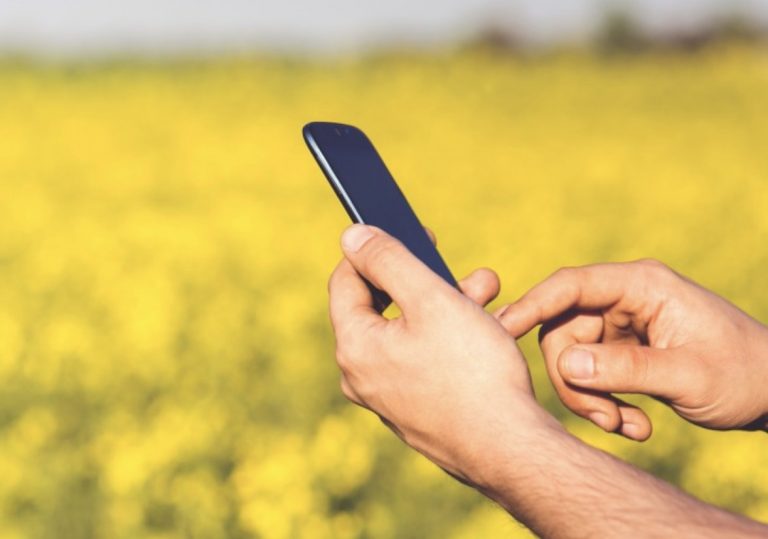Technology is changing everything, including food and food delivery. Technology is changing farming, food packing and distribution, and more. Let’s review below some of the most significant ways technology is changing the food industry.
Machines and Robotics
The use of mechanical devices and robots in the food industry ensures that food is both affordable and high quality. The use of machines in food production reduces the costs of keeping the food in good condition, and productivity is increased.
For example, Forbes estimates there are 30,000 robots used in the food industry in Europe. Germany is the biggest market for robots and machines in food, but the highest number of robots in the industry are in Denmark, Italy, the Netherlands, and Sweden.
One of the advantages of robot use in the food industry is it reduces the number of safety problems. For example, one technology company started a new program at a butchery. It used robots programmed with the most advanced software development to make the most difficult meat cuts. This allowed the company to reduce many worker injuries.
Alternative Proteins
Meat is always popular, but more Americans are concerned about saturated fat and are becoming interested in alternative sources of protein, making it one of the most popular trends in food technology.
Some alternative sources of protein that are being developed include edible insects, mycoprotein, and cultured meat. All of these options are rich in protein and other nutrients and also reduce the environmental resources used from the farm to fork. This differs from protein from cattle which uses a lot of resources.
Bioinformatics
Bioinformatics is used the most in drug applications but there also are ways it can be adapted to food and beverage production. For example, companies are using bioinformatics to understand the connections between food ingredients and how they can affect human health.
For example, one biotech company in California uses AI to look at millions of food compounds to see how they could interact and affect human health in the final product. Bioinformatics facilitates DNA barcoding for food authentication, transcriptomic analysis for understanding gene expression in crops and livestock, and RNA-seq deseq2 for measuring gene expression levels in food-related applications.
Packaging
One of consumers’ biggest concerns in the food industry is having products that are both sustainable and healthy. American consumers today look carefully at product labels and look for ingredients that could be harmful. This trend is exacerbated by social media, and companies are watched closely.
That’s why many food companies use the newest tech to improve their sustainability and ‘green’ credentials. With digitizing and robotics, food companies can use products other than plastics and other packaging that damages the environment.
Consumers also watch where organizations get their products and what is done with the waste. Did you know that at least 40% of the food in the US is tossed in the trash annually? With the newest advances in technology, progress is being made to reduce the amount of food that is wasted.
Data Collection
The use of the large amounts of data available has changed many industries. It is making big impacts in the food industry, as data analysis allows companies to analyze in real-time how food products change from where they are harvested at the farm until they get to the consumer.
Data collection in the food industry often starts with tracking systems and soil testing, and drones are now using GPS to check for bugs and other pests that could affect crops. With this advanced technology, farmers can pinpoint issues faster and save more crops.
Also, farmers are using harvesting robots to pick only the ripest produce as they take images of the fruit and vegetables on the plant.
The collection and analysis of data are also vital as the products are transported to ensure the produce is fresh and doesn’t spoil. Companies also are using sensors as food is transported to give the firms data in real-time and to change vital settings, such as humidity and temperature.
Food Safety
Customers are more conscious of food quality when they buy it, so more are concerned about food safety. Fortunately, modern technology gives us advances such as food grading devices and smart labels, so it’s simpler for consumers to make the best decisions about what they buy and consume.
Further blockchain and IoT advances allow food companies to trace their products from one end of the life cycle to the other.
As technology advances year by year, we can expect there will be even more progress in the near future in the food industry. This progress will bring us food that is healthier, more sustainable, and affordable.


0 Comments